Meh Central Florida Fishing Report and Herbicide Rant
Thank you for reading this meh central Florida fishing report and herbicide rant.
A Deal For You-
Three of my book titles are now available for five cents each, only from my website.
-Flyrodding Florida Salt
-How and Where to Catch Redfish in the Indian River Lagoon System
-Fishing Florida’s Space Coast
Shipping is still $5.95 each. The mailers cost money, the post office wants a cut, and the mail boy has to bring the package to the post office. But you can have each of these titles delivered to your door for six bucks until June 15. Act now!
T-Shirt of the Week-
FISHING!
Monday morning I had an appointment, so the start was quite late. The decision was to go somewhere “new,” to me at least. The destination was Fox Lake, in Titusville, the boat, the Bang-O-Craft.
The initial response was favorable. Quiet pond in a big park, lots of water lilies, nice ramp and dock, lovely. Fox Lake has a canal connecting it to South Lake. South Lake looked awesome, lots of vegetation, grackles working the lily pads. Lots of bullfrogs croaking, a sound associated with good bass fishing. I started casting a fly rod popper. Sunfish kept investigating.
In the distance I could hear an airboat, didn’t think much of it.
Casting doesn’t get the lake explored, so I went riding. I saw two airboats, spraying poison.
Disgusted, I went back to the boat ramp. Two pickups from Applied Aquatics Management were parked there. One of them had a bunch of boxes of diquat dibromide locked in a cage in the back.
In the lagoon system the algae is killing all the grass. We bemoan the fact. In the St. Johns River, South Lake, and other freshwater bodies around the state, we’re killing it on purpose. WTF??
We’ve known the following about diquat dibromide since at least 1993 (information from http://pmep.cce.cornell.edu/profiles/extoxnet/dienochlor-glyphosate/diquat-ext.html):
Diquat dibromide is an herbicide and plant growth regulator. It is a quick-acting contact herbicide, causing injury only to the parts of the plant to which it is applied. It is nonselective, meaning that it does not spare ‘nontarget’ plants from its herbicidal effects.
Diquat dibromide is a moderately toxic chemical. It may be fatal to humans if swallowed, inhaled, or absorbed through the skin. Concentrated solutions may cause severe irritation of the mouth, throat, esophagus and stomach followed by nausea, vomiting, diarrhea, severe drying out of bodily tissues, gastrointestinal discomfort, chest pain, diarrhea, kidney failure, and toxic liver damage. Very large doses of the herbicide can result in convulsions and tremors.
Diquat dibromide is acutely toxic when it is absorbed through the skin and the possibility for poisoning increases with repeated exposure. Cows appear to be particularly sensitive to this herbicide.
Diquat dibromide also causes eye irritation.
EPA has required more testing on the capability of this herbicide to cause mutations, since available information is contradictory.
Diquat dibromide is slightly toxic to fish. Its toxicity to fish, and food organisms on which fish survive, has been reported in many studies.
Traces, or residues, of diquat have been found to persist in soil for many years with very little degradation. Field and laboratory tests show that diquat usually remains in the top inch of soil for long periods of time after it is applied. Groundwater quality can be affected if soil adsorption sites become totally saturated because water moving down through the soil can carry any non adsorbed herbicide into the groundwater. Diquat has been found in the bottom soil of pools and ponds four years after application.
The EPA requires a 14-day interval between treatment of water with diquat dibromide and use of treated waters for domestic, livestock, or irrigation purposes. Swimming, fishing and watering of domestic animals should not be allowed for at least 14 days after application of the herbicide to water.
Diquat contains small amounts of a highly toxic chemical impurity, ethylene dibromide (EDB).
Diquat is only one of 17 herbicides (https://plants.ifas.ufl.edu/manage/control-methods/chemical-control/details-about-the-aquatic-herbicides-used-in-florida/ ) the state of Florida uses to control aquatic “weeds.” FWC in in charge of permitting the use of these chemicals. Thanks, FWC. “Control” and “elimination” are not the same thing. Why are we poisoning our fish?
Several people, including me, were out fishing while they were spraying. The St. Johns River gets huge doses of these chemicals daily. Someone is making some serious money, and we’re paying for it, in more ways than one.
Americans sure do love poison. There are aisles with nothing but in the home improvement store. We put it in our homes, our yards, our food, our water. We eat it, drink it, rub it on ourselves, smoke it. We use it to power our machines. They then give off poison exhaust. We put a LOT of poison into the environment. Is it any wonder so many of us get cancer? The surprising thing is that we all don’t get it.
Tuesday I took a kayak to the Mosquito Lagoon, spending seven glorious, sunshine-filled hours paddling, walking, and casting a plastic shad. Every once in a while a fish of some sort interrupted my daydreaming. I found some clear water, if not a lot of fish.
I got two fish on flies, even. One was a trout that may have been legal, blind casting with a Clouser Minnow. One was a slot red, one of a pair of tailers, that I got on a Homer Rhodes Shrimp Fly. The leader was in the rod when the fish took- up close and personal!
It wasn’t epic by any means, but I would do it again.
Wednesday, clouds, rain, wind, and lightning kept me off the water.
Thursday clouds and wind kept me off the water. Went for a bike ride with my camera.
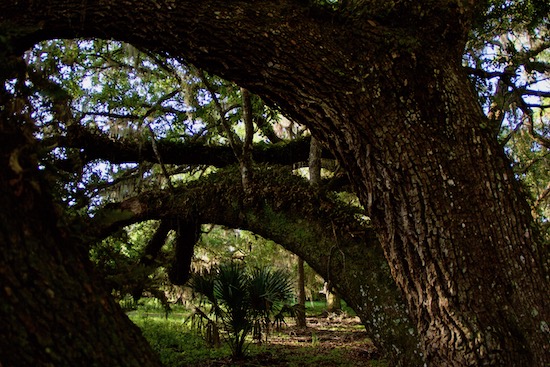 The trees there are awesome!
The trees there are awesome!
Friday the Bang-O-Craft got launched at the St. Johns River at State Road 50. I was curious to see if I could run it upstream to the Beeline. Google maps made me think I couldn’t. I made it past the powerlines at Tosahatchee. There the river braids a lot. The braid I took got too shallow, and I was forced to abandon the endeavor.
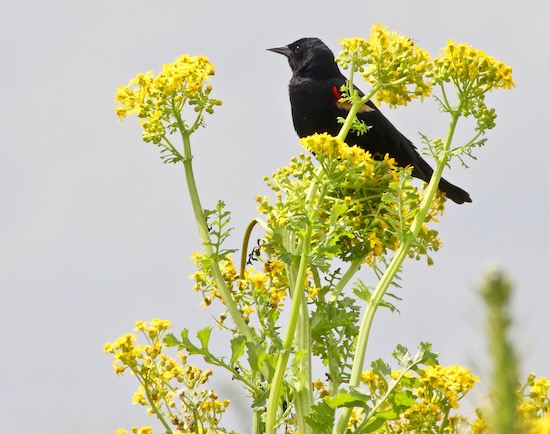
Red-winged blackbird. If someone can tell me what flower it’s sitting in I’ll gladly send you a book!
If alligators were a good indicator of environmental health the place looks really healthy. There were hundreds of them. The water, however, looked like the Banana River Lagoon looks. In other words, the water looks like s—.
I didn’t fish much but picked up a whopper five inch bass on a small jig. Nothing I saw made me want to fish, or indicated that there might actually be fish. No aquatic plants hindered my running the boat, though.
If the wind stops blowing (not supposed to), the reports will soon be coming from near-shore Atlantic waters.
That’s this week’s Meh Central Florida Fishing Report! Thanks for reading!
Life is great and I love my work!
Life is short- Go Fishing!
John Kumiski
www.spottedtail.com
http://www.spottedtail.com/blog
www.johnkumiski.com
www.rentafishingbuddy.com
https://www.smashwords.com/profile/view/jkumiski
All content in this blog, including writing and photos, copyright John Kumiski 2019. All rights are reserved.

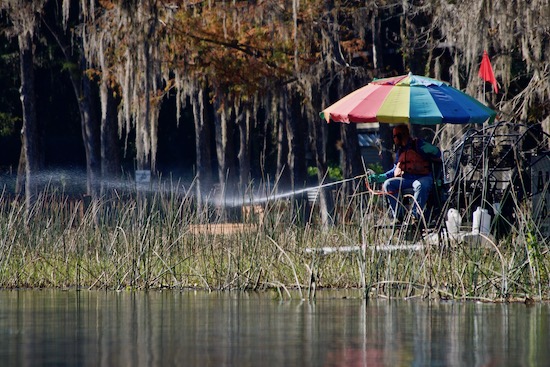
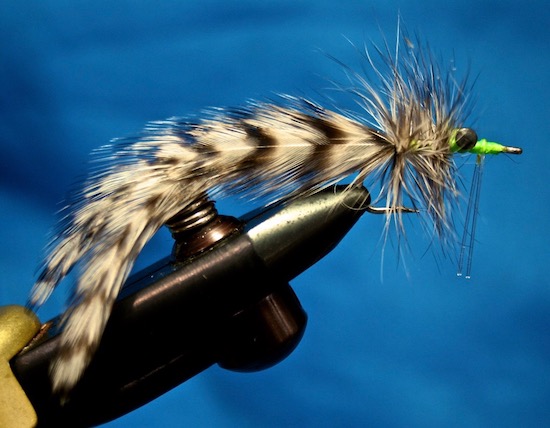
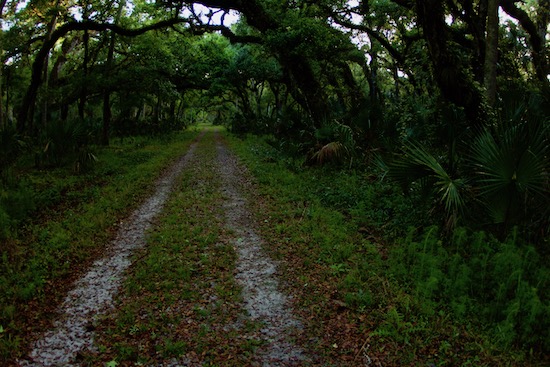
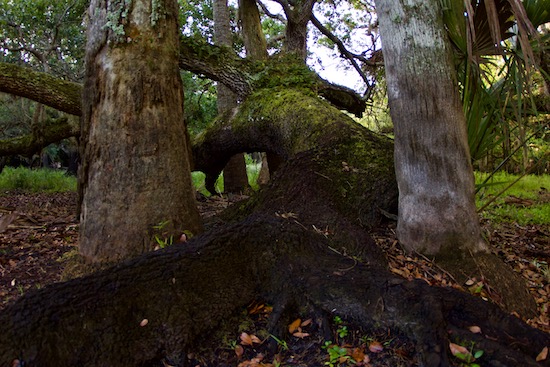
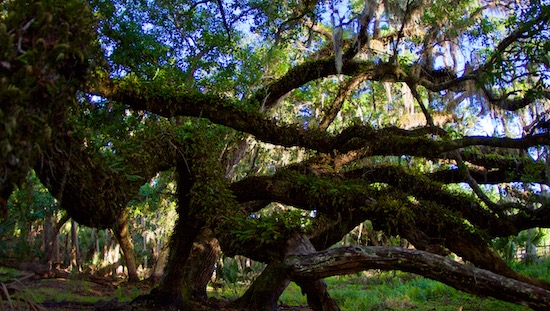
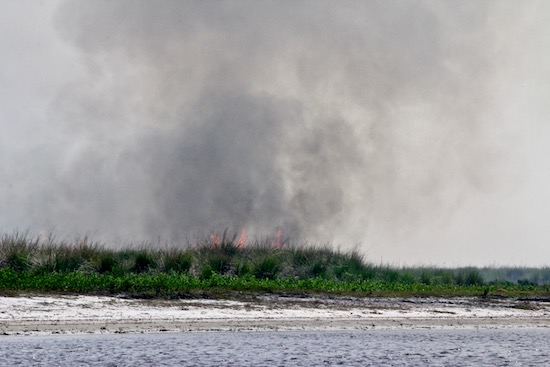
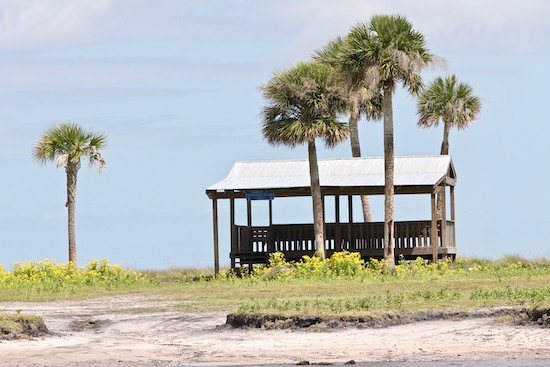
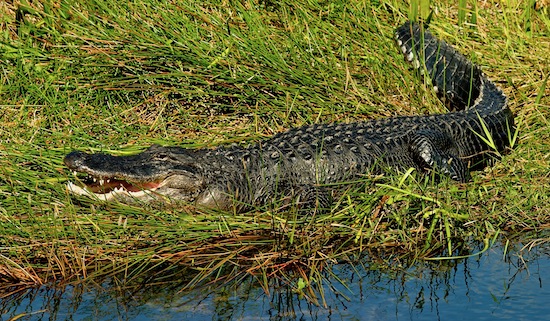
Speak Your Mind